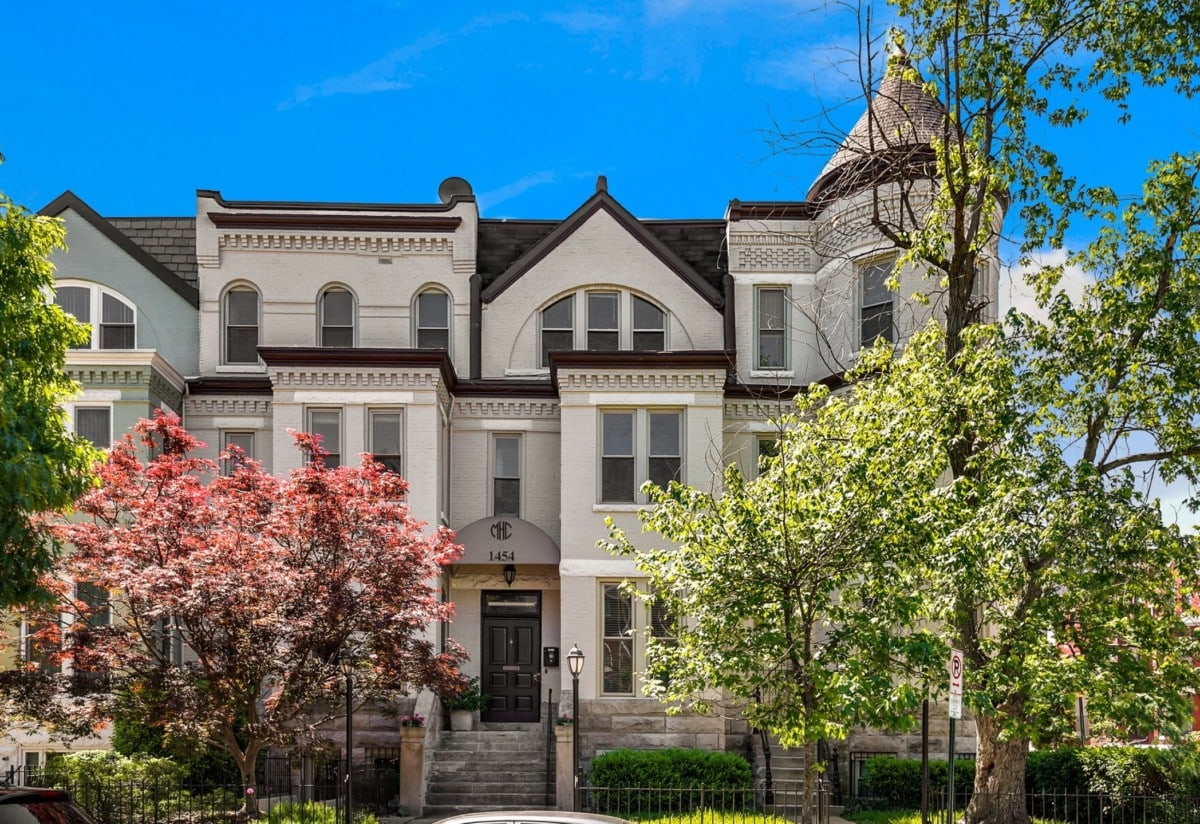What is a Kick-Out Clause and How Do You Use It?
Every real estate transaction involves risk, whether you are the buyer or the seller. And during a real estate transaction, either party can include specific contingencies to help mitigate some of the risks. Common contingencies may allow either party to back out of a contract if specified conditions are not met, such as:
- A satisfactory home inspection
- A home appraisal that meets the lender’s requirements
- Final approval of the buyer’s home loan

If you’re thinking about or in the process of selling a home, another contingency worth considering to add is called a kick-out clause.
What is a kick-out clause?
A kick-out clause allows you to continue to market your home to other potential buyers even after accepting an offer from another buyer. Typically, this clause would be added when the homebuyer still needs to sell their current house in order to purchase your house. The kick-out clause makes it possible for you to kick that initial buyer’s offer out in case another, more preferable offer comes in from a second buyer.
It may seem like a harsh clause to include in a real estate transaction, but it can help protect both buyers and sellers. A kick-out clause can be particularly helpful in a seller’s market with little housing inventory and a lot of buyer demand.
How does a kick-out clause affect the buyer?
From the buyer’s perspective, there are both good and bad aspects to this clause.
The good: The kick-out clause prevents a buyer from carrying two mortgages since they must first sell their first house before buying another one. This may also help the buyer reconsider if they can afford the new home or if the new mortgage may be a stretch without a sizable downpayment.
The bad: A buyer could lose the house they want to another buyer with a better offer while they are waiting to sell their current house. In a hot real estate market, sellers may not want to accept a contingency with a kick-out clause.
How does a kick-out clause affect the seller?
From the seller’s perspective, a kick-out clause offers both good and bad points as well.
The good: The seller can continue to actively market their house, seeking a better offer. If a second offer does come in, the seller also maintains a strong negotiating position because there’s already an existing offer
The bad: If the home seller chooses to use the kick-out clause and goes with an offer from another buyer, they risk that buyer backing out or the deal falling through. The seller would have to re-list the house, which can be time-consuming and further delay their ability to move on to their next home.
Why would a seller use a kick-out clause?
Real estate markets can favor the seller when there’s little inventory currently available in local housing markets and there are many buyers. It can also favor the buyer when there’s a lot of housing inventory and few buyers. The kick-out clause is used in both a buyer’s and seller’s market.
In a seller’s market, many buyers compete for available homes. A kick-out clause ensures that the seller is not stuck in a drawn-out home sale in a buyer’s market, it keeps the buyer from having to carry two mortgages if they have trouble selling their house.
How would a seller exercise a kick-out clause?
The seller must notify the first buyer in writing that they have a more favorable offer and are invoking the kick-out clause. This document will usually give a set timeframe (typically 72 hours) for the buyer to make a decision.
The buyer has two choices:
- Remove the kick-out clause from their contract and purchase the property no matter what.
- Agree to be “kicked out” of the transaction and forfeit the home. If the buyer agrees to be “kicked out,” they often receive their earnest money back.
How to avoid a kick-out clause
As a buyer, finding the home of your dreams only to have it taken out from under you can be heartbreaking. To avoid the pain and loss of time invested in the deal, a buyer can take steps to avoid the need for a kick-out clause.
- As a buyer, you can sell your house first and move into temporary housing, either a month-to-month rental or other short-term accommodations. You’ll already be in a good position to make an offer on the next house, with no need for a kick-out clause. Yes, there is an extra move involved, but you won’t get bumped from purchasing a home you love.
- If you need the equity from your current home to buy the new home, there are workarounds. You can work with a third-party lender to provide bridge financing to underwrite your next home. When your first home sells, you can then pay the money back.
The problem with a kick-out clause
The main problem with a kick-out clause comes up during a seller’s market. An offer with a kick-out clause typically goes to the bottom of the pile of other offers. If a seller receives multiple competitive offers, any buyer’s offer with such a clause is unlikely to be considered.
The kick-out clause can protect both the buyer and seller from entering into a real estate deal that is not beneficial for either party. Depending on how long it might take for the buyer’s current home to sell, or the seller’s likelihood of receiving multiple offers without a kick-out clause, both buyer and seller have some thinking to do before proceeding with a transaction. Consult with your real estate attorney or real estate agent if you have any questions before deciding whether to use a kick-out clause.
The post What is a Kick-Out Clause and How Do You Use It? appeared first on Redfin | Real Estate Tips for Home Buying, Selling & More.
